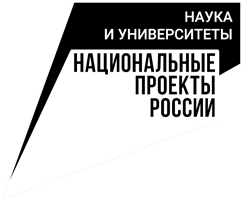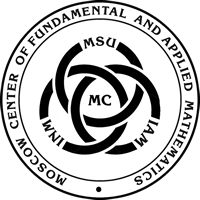Seminar Organizing Committee
| Leaders: |
Corr. RAS V.N.Lykosov (Marchuk Institute of Numerical Mathematics of RAS, RCC MSU); Doctor of Physics and Mathematics V.M. Stepanenko (RCC MSU, Geographical Faculty of Moscow State University) |
| Secretary: |
A.V.Debolsky (RCC MSU, A.M. Obukhov Institute of Atmospheric Physics of RAS) |
PROGRAM
17:15
| Tobias Wolf | F. Nansen Center for Environmental Research and Remote Sensing of the Atmosphere Bjerknes Climate Research Center, Bergen, Norway |
| Igor Ezau | F. Nansen Center for Environmental Research and Remote Sensing of the Atmosphere Bjerknes Climate Research Center, Bergen, Norway |
| Lasse Pettersson | F. Nansen Center for Environmental Research and Remote Sensing of the Atmosphere Bjerknes Climate Research Center, Bergen, Norway |
EXPERIENCE OF USING THE VORTEX RESOLVING PALM MODEL FOR URBAN CLIMATE SERVICE OF HIGH SPATIAL RESOLUTION (ON THE EXAMPLE OF THE CITY OF BERGEN)
The eddy-resolving PALM model is used to model the transfer of passive admixture and local circulations, local weather features with high spatial resolution. The simulation results were further applied to build a prototype of the organization of urban climate services. Modeling of the atmospheric boundary layer covers the entire urban commune of Bergen (approximately 30 km by 30 km) with a resolution of 10 m.To set the boundary for model calculations, a realistic topography based on laser sensing with a resolution of 1 m, a complete register of stationary sources of pollution and distribution of surface types are used ... To set the initial conditions, the most influential, from the point of view of air pollution, modes of atmospheric circulation were identified using long-term observations in the city, at meteorological stations and according to reanalysis data. The model representation of the resulting weather patterns is then used as a basis for organizing urban climate services. We demonstrate such a service using the example of three problems that were identified by the city administration:
- determination of the most polluted areas of the city and ways of spreading pollution in conditions of stable winter anticyclonic weather (blocking);
- management of air pollution sources when making decisions by the city port administration;
- evaluating the effectiveness of measures to reduce pollution from stoves in urban households. We have been able to show that high spatial resolution modeling can greatly assist in identifying better measures to improve urban air quality.
Due to the self-isolation regime, the seminar will be held in the form of a webinar on the Zoom platform.
Join Zoom Meeting: https://us02web.zoom.us/j/84978269400?pwd=VWlkK2NxTzRueUlWZG5QSVZVV1lRQT09
Meeting ID: 849 7826 9400
Passcode: 177064
Instructions for installing and using the Zoom platform are available here:
https://support.zoom.us/hc/ru/articles/201362033-Начало-работы-на-ПК-и-Mac
For communication on all issues related to the work of the seminar, please contact the Scientific Secretary Andrey Vladimirovich Debolsky at and.debol@srcc.msu.ru

